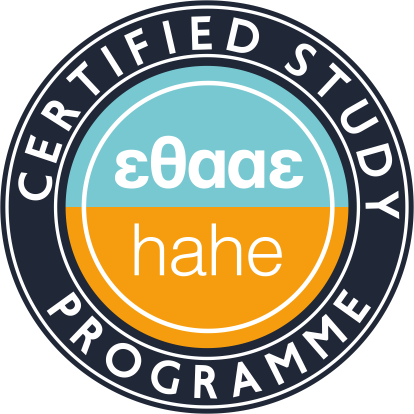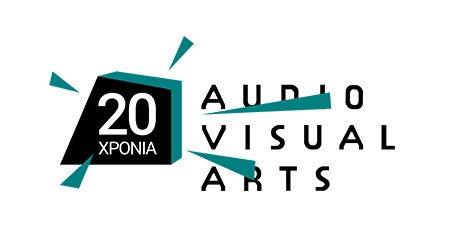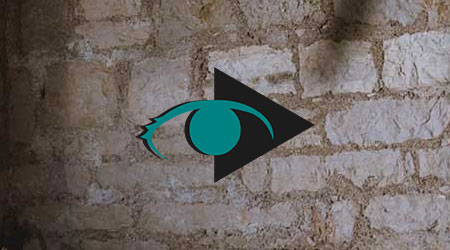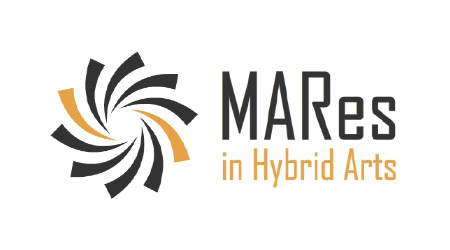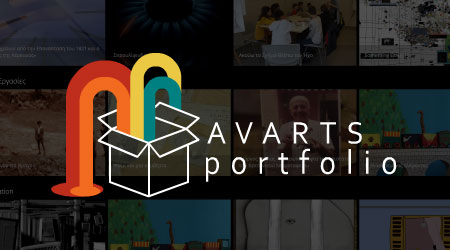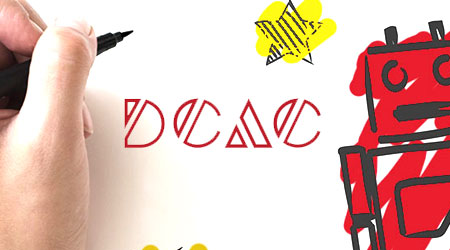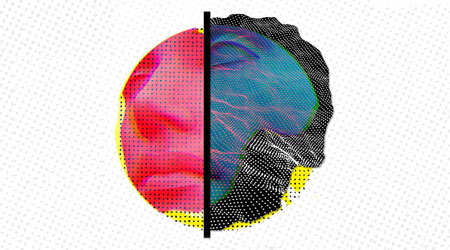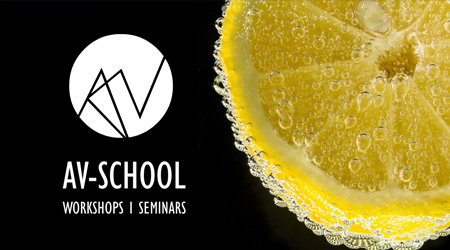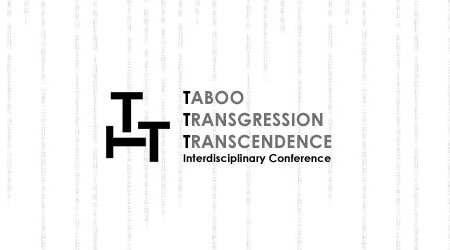Hybrid Arts Practices
Teaching Staff: Tsiridou Tania
Course Code: THE806
Course Type: Elective
Course Level: Undergraduate
Course Language: Greek
Semester: 8th
ECTS: 5
Teaching Units: 3
Teaching Hours: 3
Teaching Structure:
| Activity | Semester Workload |
|---|---|
| Lectures | 26 |
| Tutoring Lectures | 13 |
| Literature Study and Analysis | 56 |
| Practice and Preparation | 30 |
| Course Total (ECTS: 5) | 125 |
Recquired / Recommended : (THE104), (THE302), (THE400)
The synergy of art with science is a practice that is gaining more and more ground due to technological and social developments. The primary goal of the course is to enhance and broaden the understanding of the hybridization of this synergy, focusing on different methods but also re-examining the traditional relationship between artistic practice and scientific research.
The subject of study is the texts of international literature and the analysis of examples of works of art that are the result of the collaboration of art with various scientific fields. Ethical and methodological issues of artworks as a result of development in the fields of biotechnology, medicine, robotics, nanotechnology, ecology, particle physics and others are examined. Finally, the object of analysis is the use of scientific tools and laboratory facilities in the creation of hybrid artworks.
Students will have an understanding of the relationships between art, scientific research and technological innovation and how each sector informs and promotes the other.
Students should have acquired knowledge about the strategies of artists in the context of techno-scientific research and implementation of works of art characterized by the strong element of hybridization. Finally objective is to strengthen the ability of students to research, design and implement their personal works of art that are characterized by a strong element of hybridization.
Week#1: Introduction, general overview of course structure and definitions (science, art, technoromanticism - technophobia, hybrid, prototype and others). The Scientific Method: Knowledge - Truth - Rationality. Inductive method, deductive method, falsification.
Week#2: Art - Science : Historical review of their relationship. Methodological differences and similarities. Scientific Illustration. Artists and works that have been influenced by science.
Week#3: Interdisciplinary collaboration and the artist in the research laboratory.
Week#4: Political action and art. Technopolitical and tactical means. Ethical issues arising from the synergy between art, science and technology. Presentation of assignment’s topic.
Week#5: Case Study I: Space and Space Explorations. Gravity. Macrocosm. Natural materials and natural phenomena. Nonlinear dynamic systems. Meteorology, solar energy, geology and mechanical motion.
Week#6: Case Study II: Biology. Microbiology. Industrial. Ecology, Microorganisms, plants, animals, insects. Anthropocene era.
Week#7: Case Study III: Medicine. Genetic. The human body and the depiction and modification of the body. Prosthetic. Biopolitics.
Week#8: Case Study IV: Kinetics. Robotics. Artificial Intelligence. Alternative interfaces: (motion, gesture, touch, facial expression, speech).
Week#9: Case Study V: Information Systems: databases, telematics, tracking, RFID / barcode, information visualization.
Week#10: Work Progress.
Week#11: Collecting, archiving, preserving and curating hybrid artworks.
Week#12: Exhibitions and festivals · educational programs, art and research collaborations, think tanks.
Week#13: Presentation of assignments.
Ascott, Roy, ed. Engineering Nature: Art & Consciousness in the Post-Biological Era. Bristol ; Portland, OR: Intellect, 2006.
Feyerabend, Paul. Against Method. 3rd ed. London ; New York: Verso, 1993.
Kac, Eduardo. Signs of life: bio art and beyond. The MIT Press. 2007
Kuhn, Thomas S., and Ian Hacking. The Structure of Scientific Revolutions. Fourth edition. Chicago ; London: The University of Chicago Press, 2012.
Latour, Bruno. Laboratory Life: The Social Construction of Scientific Facts. Princeton University Press. 1979.
MacCormack, Patricia. The Ahuman Manifesto: Activism for the End of the Anthropocene. Bloomsbury Academic. 2020.
Popper, Frank. From Technological to Virtual Art. Leonardo. Cambridge, Mass: MIT Press, 2007.
Reichle, Ingeborg. Art in the age of technoscience: genetic engineering, robotics, and artificial life in contemporary art. Wien: Springer. 2009.
Scott, Jill, ed. Artists-in-Labs Processes of Inquiry. Wien: Springer. 2006.
Thomas, Paul. Nanoart: The Immateriality of Art. Bristol: Intellect, 2013.
Wilson, Stephen. Information Arts: Intersections of Art, Science and Technology. The MIT Press Cambridge, Massachusetts London, England, 2002.
The OpenEclass platform is being used for the exchange of files related to the course as well as the communication between the instructors and the participating students.
The evaluation will be carried out through the delivery of individual or group assignment.
Back
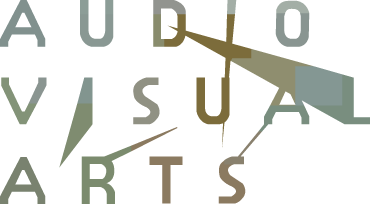

 Hybrid Arts Practices
Hybrid Arts Practices